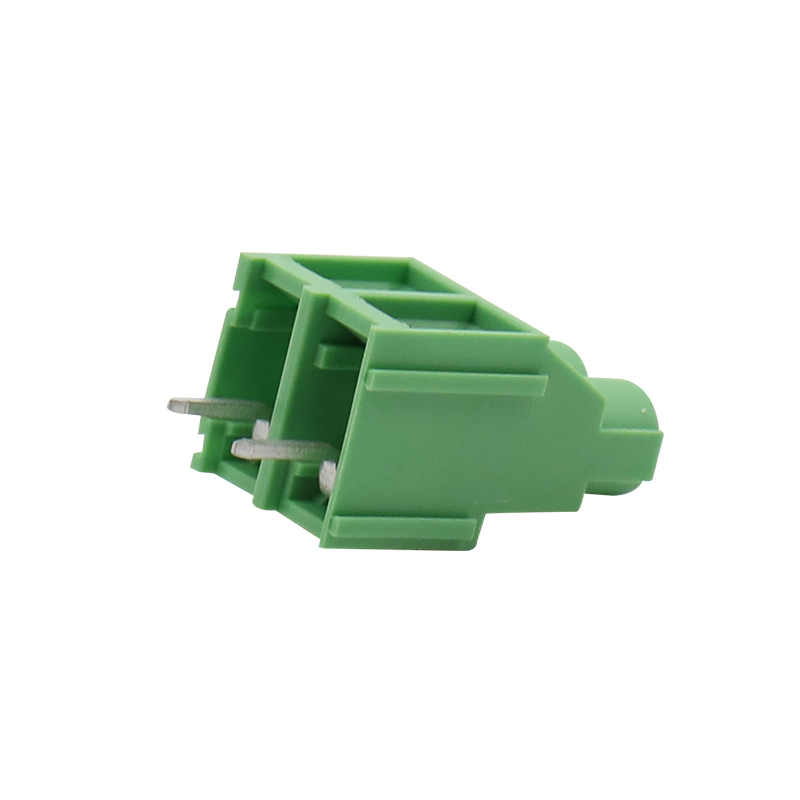Enhancing Control Systems with PCB Terminal Blocks
2025-03-04
In the realm of industrial automation and electronic design, ensuring reliable and efficient connections within control systems is paramount. Printed Circuit Board (PCB) terminal blocks serve as critical components that facilitate secure electrical connections between external wiring and the PCB, thereby enhancing the overall functionality and reliability of control systems.
Understanding PCB Terminal Blocks
PCB terminal blocks are modular, insulated devices that mount directly onto a PCB, allowing for the connection of wires without the need for soldering. They come in various configurations, including screw clamps, spring clamps, and push-in connections, each offering distinct advantages depending on the application requirements.
Advantages in Control Systems
1. Secure and Reliable Connections: PCB terminal blocks provide robust connections that are resistant to vibration and mechanical stress, ensuring consistent performance in control systems.
2. Ease of Maintenance: The modular design allows for straightforward installation and replacement of components, reducing downtime during maintenance and enhancing system efficiency.
3. Versatility: With various termination methods available, such as screw clamps and push-in connections, PCB terminal blocks can accommodate different wire sizes and types, making them adaptable to diverse control system designs.
4. Space Efficiency: Their compact design conserves valuable PCB real estate, enabling more streamlined and efficient control system layouts.
Applications in Control Systems
PCB terminal blocks are integral to numerous control system applications, including:
- Industrial Automation: Connecting sensors, actuators, and controllers to ensure seamless operation of automated processes.
- Power Supplies: Facilitating secure connections in power distribution units and uninterruptible power supplies (UPS).
- Building Management Systems: Integrating HVAC controls, lighting systems, and security systems for centralized management.
Selecting the Right PCB Terminal Block
When choosing a PCB terminal block for a control system, consider the following factors:
- Electrical Ratings: Ensure the terminal block can handle the required voltage and current levels of the application.
- Connection Method: Select a termination method that aligns with maintenance preferences and wiring practices.
- Environmental Conditions: Choose materials and designs that can withstand the operating environment, including temperature variations and exposure to contaminants.
- Compliance and Standards: Verify that the terminal block meets relevant industry standards and certifications to ensure safety and compatibility.
Incorporating PCB terminal blocks into control systems enhances connectivity, reliability, and maintainability. By understanding their features and selecting appropriate configurations, engineers can optimize the performance and efficiency of their control system designs.



